Want to Buy it on TPT?Click Here to Buy Now
As children flip through the pages, they will encounter both uppercase and lowercase letters, providing them with the opportunity to trace each letter carefully, strengthening their fine motor skills. With each stroke of the pencil, they will gain confidence in forming the shapes of the alphabet.
But the fun doesn’t stop there! After tracing, children will have the chance to recognize and color the letters, adding a splash of creativity to their learning experience. As they carefully select their colors and fill in each letter, they’ll not only reinforce their letter recognition skills but also unleash their artistic talents.
And that’s not all – on each page, children will have the chance to unleash their imagination as they draw objects that start with the featured letter. From apples to zebras, the possibilities are endless, allowing children to explore the world of words in a hands-on and interactive way.
With our A to Z Alphabet workbook, learning the alphabet becomes an adventure filled with excitement and discovery. So let’s grab our pencils and dive into the wonderful world of letters together!”
Alphabets A to Z Worksheets
Alphabet worksheets are a fundamental tool in early childhood education, serving as a cornerstone for literacy development. These worksheets offer a variety of engaging activities that help children learn and reinforce their knowledge of the alphabet from A to Z. From tracing and coloring to drawing, these worksheets provide interactive experiences that make learning enjoyable and effective.
Importance of Alphabet Worksheets for Early Learning
Alphabet worksheets play a crucial role in laying the foundation for literacy skills. By introducing children to the letters of the alphabet in a structured and interactive manner, these worksheets help build essential skills such as letter recognition, letter formation, and phonemic awareness. Additionally, alphabet worksheets promote fine motor skills development as children trace, color, and draw the letters.
Types of Alphabet Worksheets
Tracing Worksheets
Tracing worksheets provide guided practice for children to trace both uppercase and lowercase letters. This activity helps children develop hand-eye coordination and refine their fine motor skills while learning to form each letter correctly.
Coloring Worksheets
Coloring worksheets add a fun and creative element to alphabet learning. Children can use crayons, markers, or colored pencils to fill in the letters, reinforcing letter recognition while expressing their creativity through color choices.
Drawing Worksheets
Drawing worksheets encourage children to associate each letter with objects or animals that begin with the corresponding sound. This activity promotes vocabulary development and allows children to make meaningful connections between letters and the world around them.
Benefits of Using Alphabet Worksheets
Enhances Fine Motor Skills
Alphabet worksheets require children to engage in precise hand movements as they trace, color, and draw the letters. These activities strengthen fine motor skills, which are essential for tasks such as writing, drawing, and manipulating objects.
Reinforces Letter Recognition
Repeated exposure to letters through tracing, coloring, and drawing reinforces letter recognition skills. As children interact with the letters in various contexts, they become more familiar with their shapes, names, and sounds.
Encourages Creativity
Alphabet worksheets provide opportunities for creative expression through coloring and drawing activities. Children can personalize their worksheets by choosing colors and adding their own artistic touches, fostering a sense of ownership and pride in their work.
How to Use Alphabet Worksheets Effectively
Introducing One Letter at a Time
To prevent overwhelming children, introduce one letter at a time and gradually increase the complexity as they progress. Focus on mastering one letter before moving on to the next, providing ample practice and reinforcement along the way.
Providing Guidance and Encouragement
Offer guidance and support as children complete their worksheets, providing verbal praise and constructive feedback to reinforce their efforts. Encourage independence and perseverance while offering assistance when needed.
Incorporating Fun Activities
Make alphabet learning enjoyable by incorporating fun activities such as games, songs, and hands-on projects alongside worksheet practice. Keep activities age-appropriate and engaging to maintain children’s interest and motivation.
Tips for Creating Engaging Alphabet Worksheets
Use Vibrant Colors
Utilize bright and engaging colors to make worksheets visually appealing and captivating for children. Bold colors can help grab their attention and make learning more enjoyable.
Include Fun Characters or Objects
Incorporate fun characters or objects related to each letter to make worksheets more interactive and relatable for children. Use images that children can easily identify and connect with the corresponding letter.
Offer Variety in Activities
Provide a variety of activities within each worksheet, such as tracing, coloring, and drawing, to cater to different learning styles and preferences. Offer opportunities for children to engage with the material in diverse ways to enhance comprehension and retention.
Printable vs. Digital Alphabet Worksheets
Pros and Cons of Each Format
Printable worksheets offer tangible materials that children can physically interact with, promoting tactile learning and fine motor skill development. Digital worksheets provide convenience and accessibility, allowing children to practice alphabet skills on electronic devices.
Considerations for Choosing the Right Format
Consider factors such as access to technology, learning preferences, and the age of the children when selecting the format for alphabet worksheets. A combination of printable and digital resources may offer the best of both worlds, catering to diverse learning needs.
Incorporating Alphabet Worksheets into Lesson Plans
Integration with Other Subjects
Integrate alphabet worksheets into lesson plans for various subjects, such as language arts, math, and science. Incorporate alphabet activities into thematic units and interdisciplinary projects to reinforce learning across different subject areas.
Customizing Worksheets to Fit Curriculum
Customize alphabet worksheets to align with specific curriculum objectives and learning goals. Tailor activities to match the developmental level and interests of the children, ensuring that worksheets are relevant and meaningful.
Resources for Finding Alphabet Worksheets
Online Platforms and Websites
Explore online platforms and educational websites that offer a wide range of alphabet worksheets for different skill levels and learning objectives. Look for reputable sources that provide high-quality, printable, and digital resources.
Educational Stores and Suppliers
Visit educational stores and suppliers that specialize in learning materials for early childhood education. Browse their selection of alphabet worksheets and resources, seeking guidance from knowledgeable staff members if needed.
Conclusion
Alphabet worksheets are invaluable tools for early childhood educators and parents alike, offering engaging activities that promote alphabet recognition, fine motor skills development, and creative expression. By incorporating a variety of activities such as tracing, coloring, and drawing, these worksheets make learning the alphabet fun and effective for young learners.
Want to Try Free Alphabet Worksheet First?
Click Here for free Alpahbet A Worksheet
Click Here to Get Free Printables
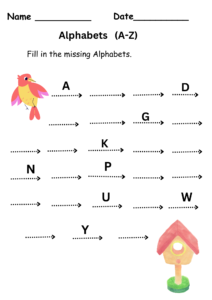
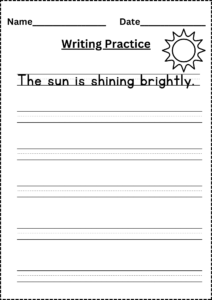









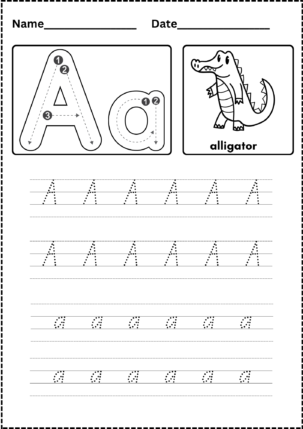
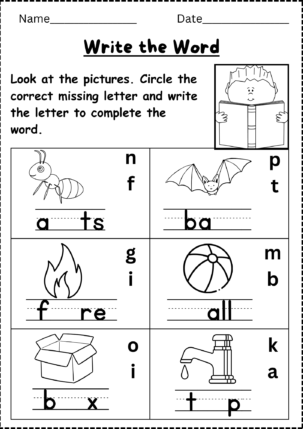

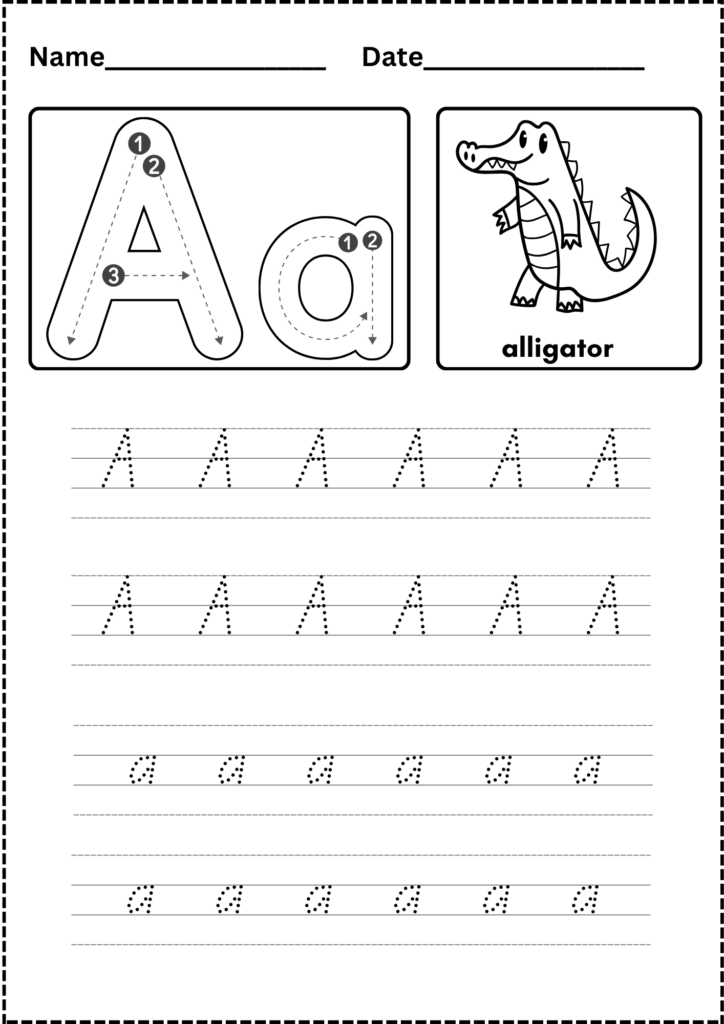
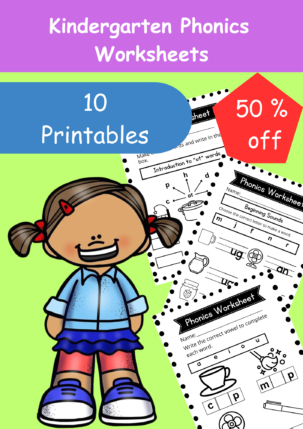
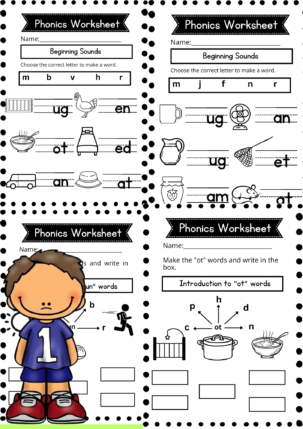
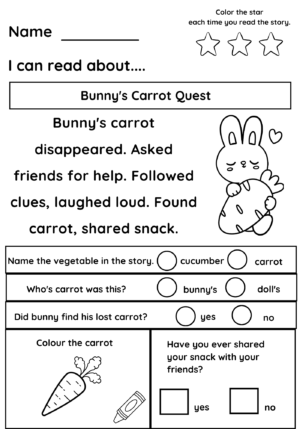
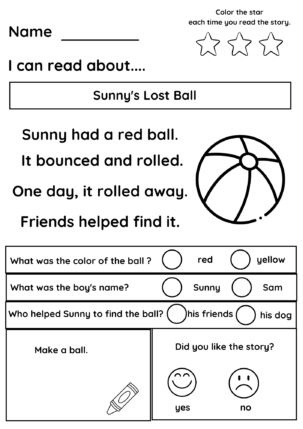
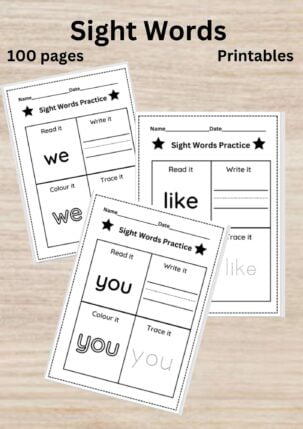

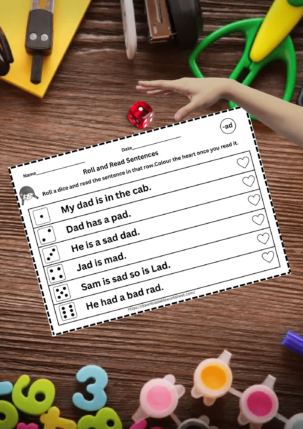
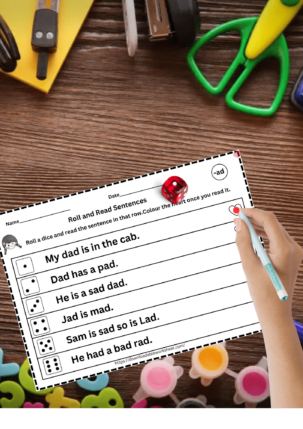
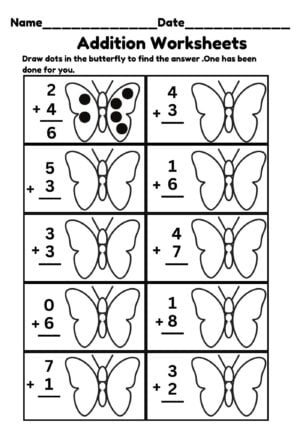
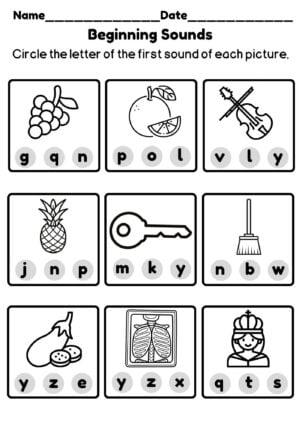

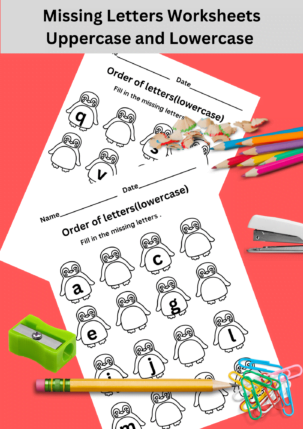
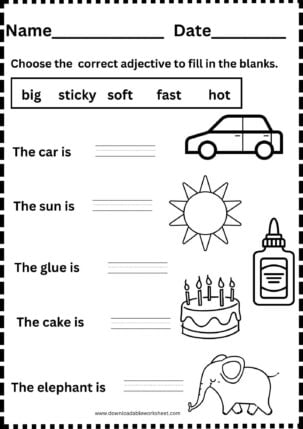

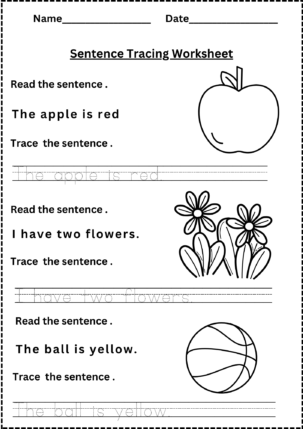
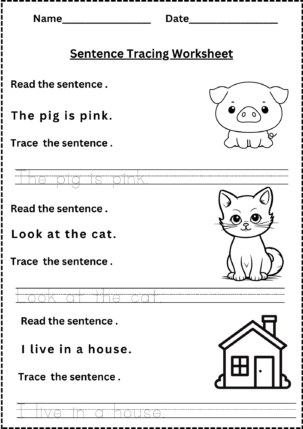
Francis Yapo Turay –
At any time